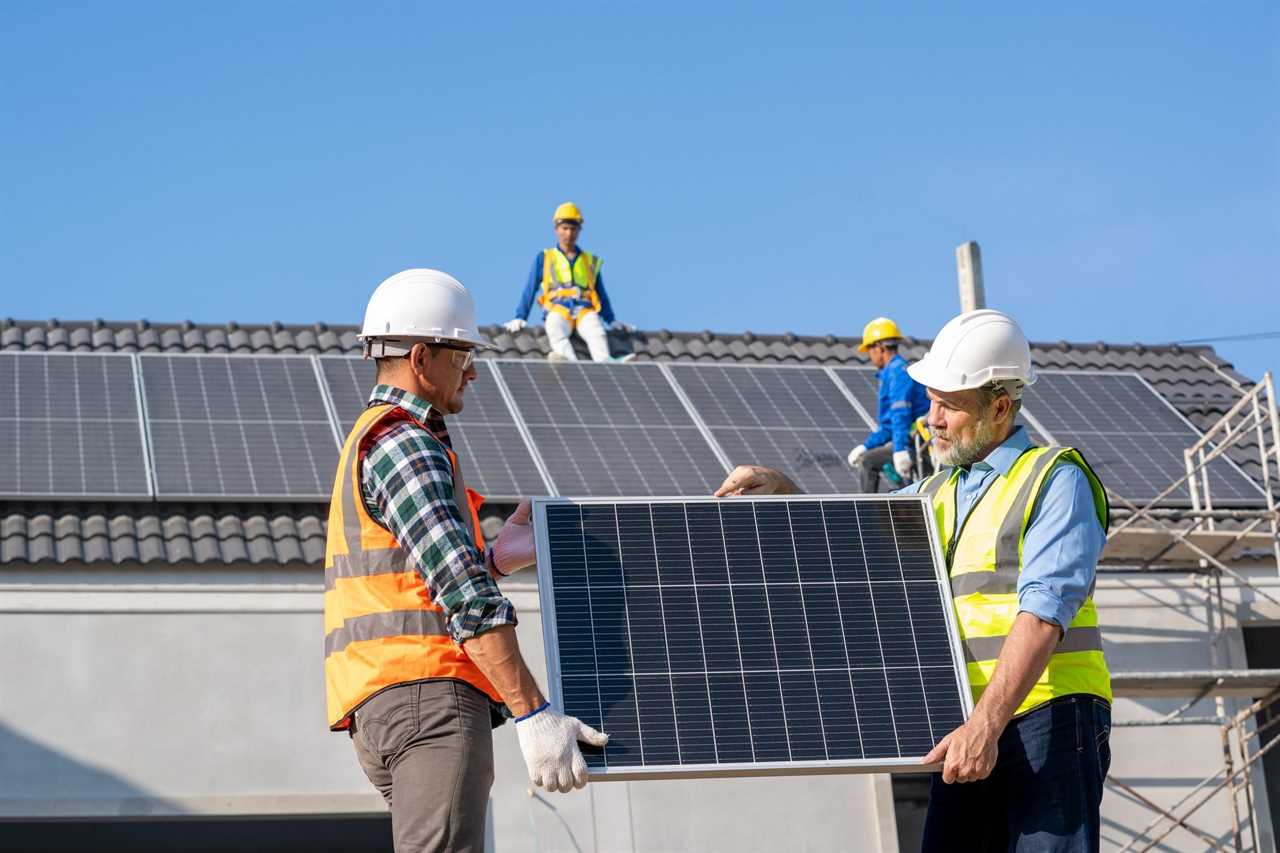The construction industry accounts for 36% of worldwide energy usage and 40% of carbon dioxide emissions, according to the British Assessment Bureau. So the health of the planet depends on a sustainable future.
A better question to ask would be whether unsustainable construction has any future. For the industry to build a better future, it must be mindful of the impact of building practices and materials on the environment. That’s the goal of sustainable construction.
With restrictions on water use becoming more common, the construction industry must find ways to minimize depletion of this necessity. It also needs to erect buildings that last longer and use energy more efficiently. The industry is actively developing tools, materials and construction methods that minimize the environmental impact of construction, and this trend isn’t stopping any time soon.
Green building methods and techniques are largely voluntary. When undertaken under the auspices of a program like the National Green Building Standard offered by the National Association of Home Builders (NAHB), they can increase property value. According to the NAHB, building to this standard also expedites permitting, so construction can proceed more quickly.
What Is Sustainable Construction?
That’s a catch-all for techniques favoring renewable and recyclable resources over those that, once used up, are gone forever. It also means building long-lasting structures that don’t need to be repaired or demolished any time soon. And it involves reducing pollution to preserve the quality of the air and water all living beings need to survive.
Some sustainable construction (aka green building) methods include:
- Reducing waste by using fewer materials;
- Separating and recycling waste;
- Favoring electric over gas-powered equipment to limit emissions;
- Recycling materials from old buildings to make new ones;
- Using as many materials derived from renewable and recycled resources as possible.
Sustainable construction also seeks to make buildings as energy-efficient as possible. That includes insulating structures and sealing them tightly to prevent heat transference; taking advantage of passive solar heating; incorporating solar- and wind-powered energy systems; and controlling energy usage with smart technology.
Factors Influencing Sustainable Construction
Sustainable construction methods are largely dependent on climate, local availability of resources and existing infrastructure.
Climate
Sustainable construction in an arid region like the American Southwest differs from a freezing and relatively moist one like the Great Lakes Region, or a hot, humid environment like the Gulf States. With different regions come different strategies for making buildings energy-efficient, long-lasting and comfortable.
In the Southwest, a roof doesn’t have to support snow but needs to be reflective. Around the Great Lakes, buildings don’t have to be hurricane-proof but must be well insulated. In hot, humid areas around the Gulf, roofs and siding must resist deterioration from moisture.
Resources
Sourcing sustainable construction materials from as close to the job site as possible reduces transportation costs and the job’s carbon footprint.
In forested regions, builders prefer wood to steel; the latter creates considerable atmospheric pollution. In arid regions where dirt is plentiful, adobe, cobb and other mud-based materials top the sustainable materials list.
Existing infrastructure
During renovations and some new new construction, builders work around existing structures and electrical, water, sewage and telecommunications hookups.
When starting from scratch, they can typically incorporate modern technologies more freely — things like passive solar design, solar panels, wind turbines and water-recycling.
Sustainable Construction Challenges
The urgency of the climate crisis is the No. 1 challenge facing sustainable builders, owing to more widespread appreciation of the effects of human impact on the environment.
Builders increasingly feel the crunch from restrictive government policies aimed at limiting carbon emissions and consumer demand for more energy-efficient and longer-lasting structures. Manufacturers are under pressure to produce sustainable materials at affordable costs. And builders and manufacturers feel the heat from environmentalists, who point to more and more convincing evidence of catastrophic climate change.
Many modern construction projects replace structures damaged by wildfires, hurricanes and floods that occur more frequently than ever. That creates challenges for builders seeking to source materials and erect structures quickly. To keep people in their houses, builders often resort to conventional materials and methods.
Cost is another major challenge. Energy-efficient materials are more expensive than conventional materials and systems — things like synthetic roof underlayments that last longer than asphalt; electrochromic glass that filters out UV sunlight and keeps buildings cooler; and gray water plumbing systems.
At the same time, builders are under pressure — as they always are — to keep costs down, especially when rebuilding after a disaster.
Ways the Construction Industry Can Be More Sustainable

The need for sustainability in construction creates an enhanced need for innovations in green building materials.
Today, it’s easy to find structural lumber made from bamboo, and insulation made from sheep wool, recycled cellulose and other green materials. Hopefully, builders will use them more often. Manufacturers also must produce innovative materials derived from renewable resources cheaply enough for builders to favor them over more conventional materials.
Planners and developers can continue to play a major role in sustainability by designing buildings for longevity and energy efficiency. Placing windows to take maximum advantage of available sunlight, working solar panels into a building’s electrical infrastructure and incorporating smart control systems are some proven strategies that save energy while improving creature comfort at the same time.
On the building site, electric equipment creates fewer emissions than gas- or diesel-powered equipment, but it isn’t widely available yet. However, in 2019, Volvo CE became the first company to announce it would discontinue diesel-powered compact wheel loaders and excavators and sell only electric versions instead. Hopefully, that’s the beginning of a trend.
Did you miss our previous article...
https://rsssuperfeeds.com/life-hacks/62000-amana-daikin-air-conditioners-recalled-due-to-fire-hazard






